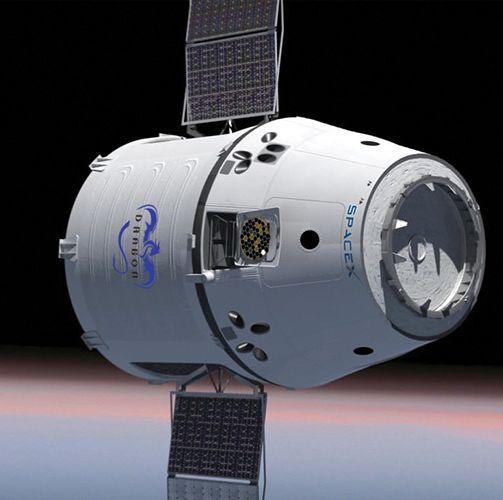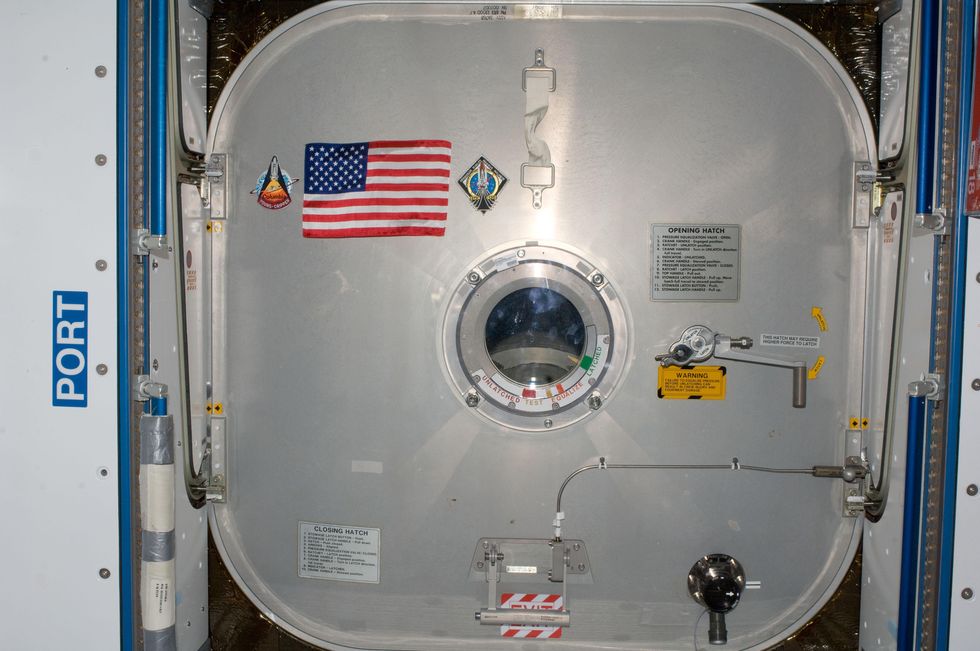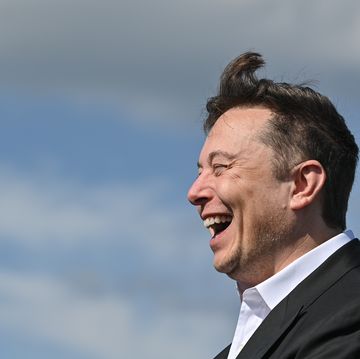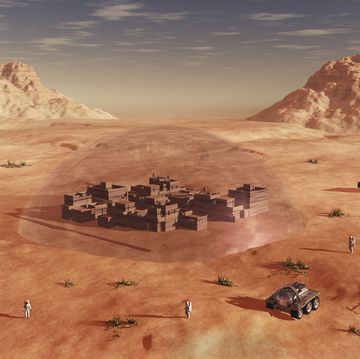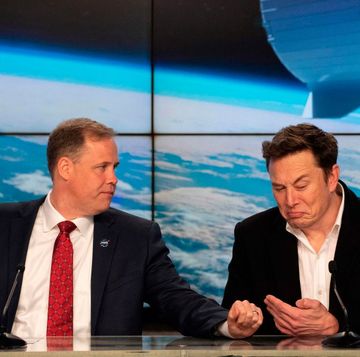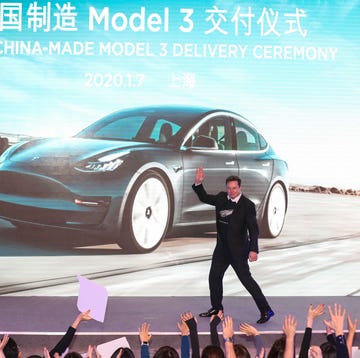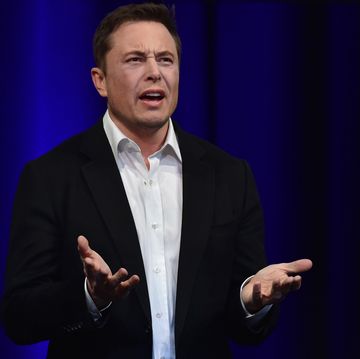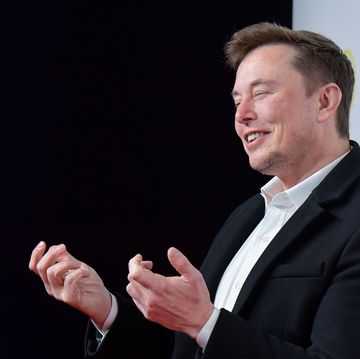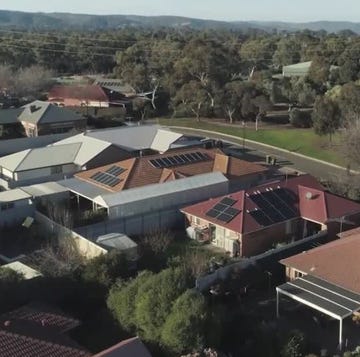There’s an American flag stuck to a hatch on the International Space Station. The first space shuttle mission, STS-1, flew the flag in 1981. The final shuttle flight, in 2011, left the flag behind in orbit, a prize to be claimed by the next crew to fly into space from U.S. soil.
Boeing and SpaceX are locked in a duel to be the first to reach orbit with people on board their capsules. With yesterday’s news that SpaceX’s launch dates have slipped, that race is now too close to call.
Before these companies can carry astronauts to space, NASA wants them to launch uncrewed test flights of the companies’ capsules, dress rehearsals for later manned launches. SpaceX will loft its Dragon 2 capsule on a Falcon 9 rocket, while Boeing’s Starliner capsule will launch on a United Launch Alliance Atlas V rocket. Both of these demonstrations are now scheduled for August 2018.
However, we're now hearing that SpaceX’s manned launch has been delayed until December, which pushes Elon Musk's company back until after Boeing’s planned manned flight in November. This is the first time SpaceX’s timetable to capture the flag is later than Boeing’s.
Delays are no stranger to this effort. The commercial crew program—as NASA calls its plan to have private enterprise take over the mission of lofting astronauts to the ISS—had an original date of 2015. Money problems pushed back the timetable, but the program is now in the home stretch, where test results and reviews have more sway than money.
Boeing’s launch dates have not slipped much since NASA announced them in 2017. This probably reflects the fact that Boeing has a more experienced team of government contractors, who over the years have learned how to manage customers like NASA and provide timelines that are achievable. SpaceX and NASA have a good working relationship in terms of cargo launches, but flying humans demands more rigorous oversight.
The truth behind these dates is that either company would be happy to launch in 2018. Critical test results could lead to more tests or even design changes if things don't go well. Even so, SpaceX’s aggressive timeline had put them in a comfortable lead. Now we're not so sure.
There’s more at stake than bragging rights. Whoever delivers astronauts to the ISS first will not only make history and earn the right to keep the American flag on the space station, but also claims an advantage in future sales of manned space launches. And future passengers include customers beyond NASA.
Joe Pappalardo is a contributing writer at Popular Mechanics and author of the new book, Spaceport Earth: The Reinvention of Spaceflight.
